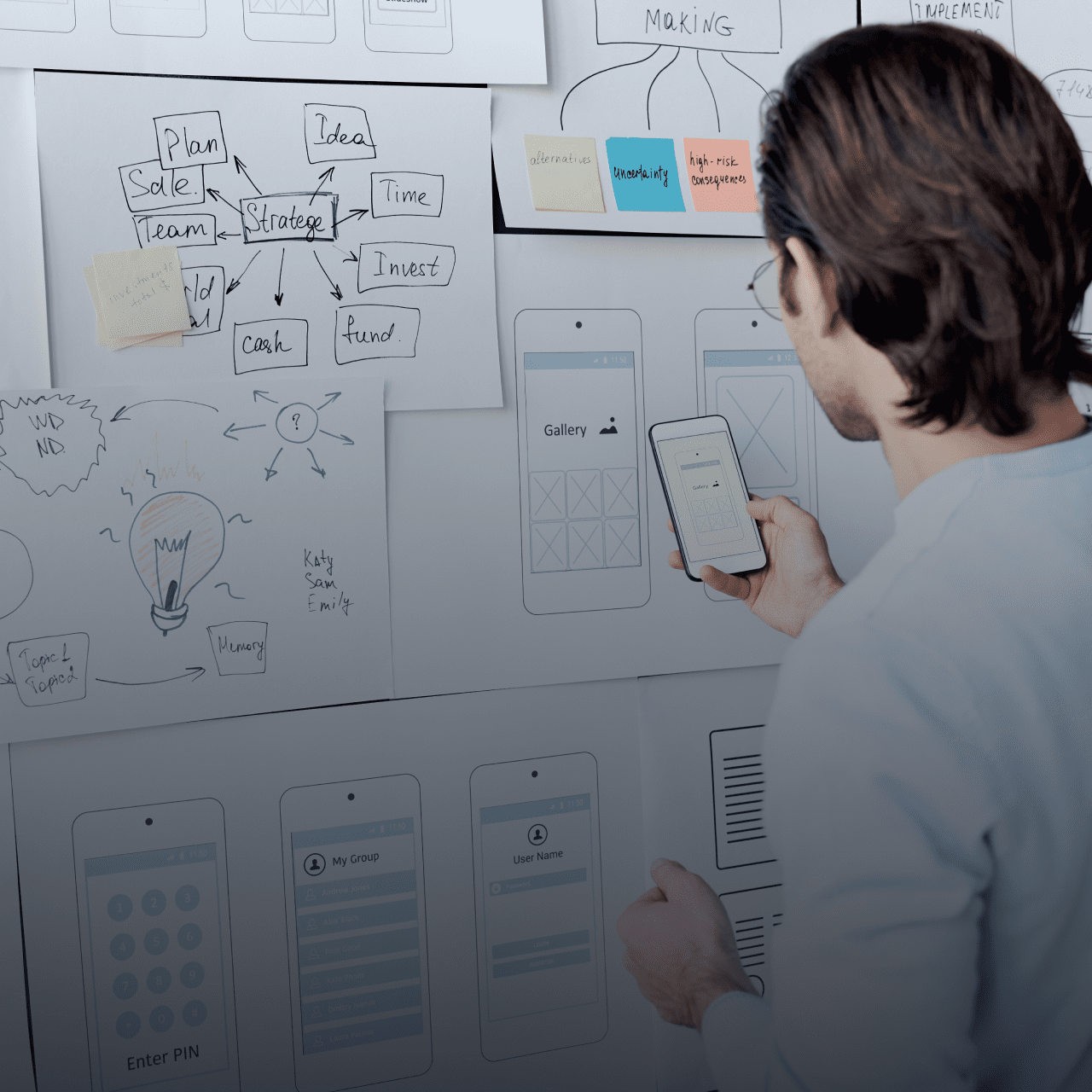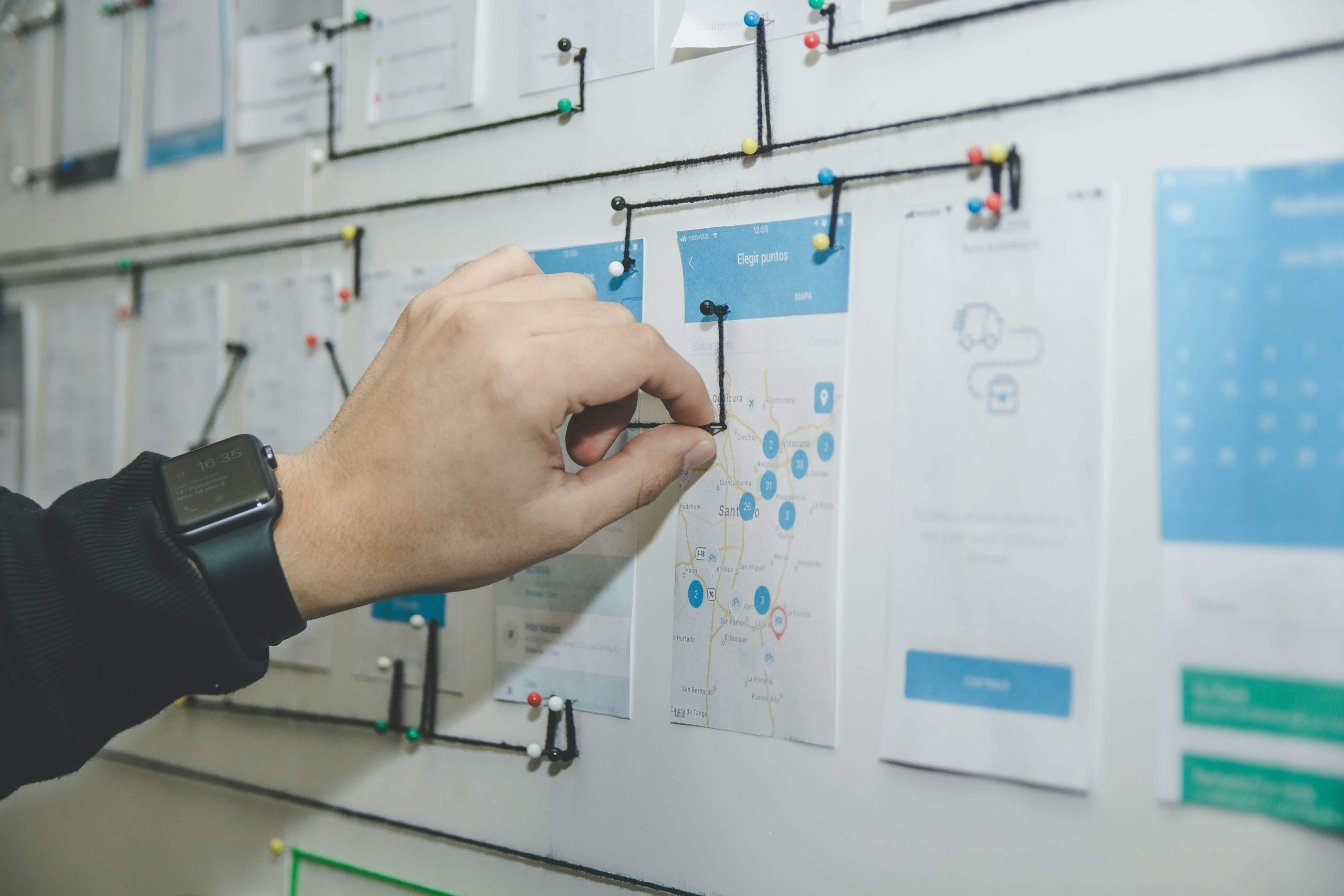Why is it essential to communicate with clients, build a relationship and better understand the design problem while advocating for the user? When working with clients in a small design team, it is crucial to have an open line of communication. It is a shared goal of the client, the design team, to keep aligned to meet the users’ needs. This article will discuss my previous experience working with a small design team and a start-up for an e-commerce website redesign.
Importance of Engagement
When dealing with a new project, it is imperative to communicate and engage with the client. It helps create an environment of trust and build a rapport with the team. The more engagement with the client, the more insights can be gathered, and better understand the problem and design a solution. Each new project presents unique challenges and difficulties, so it is best to come in with an open mind.
Learn about the clients’ goals and better understand the problems that need to be solved. Don’t assume that you have a solution early on. Instead, try to clear up any misconceptions or conflicting information that you might have. For example, is the brief aligned with what the client described in the meeting? Is the client’s information clear enough about the problem they are presenting? Clarifying any questions that eventually arise will set the design team up better, the design plan, and clear intentions on how to tackle the problem to design.

Having the clients’ development team at the table was very helpful in understanding the platform we would be designing. As for the client, having the development team be a part of the process was invaluable as it helped us better understand the platform to create and helped us know what we could and couldn’t design.
One critical insight that stood out during our briefs with the client was speaking their terminology. Simply put, what I mean by this: don’t overwhelm the client with technical jargon. Instead, learn to understand where they are coming from and explain the process to inform and maintain engagement. It also opens up the opportunity to understand the product plan. In my experience, it was inspiring to see how once the client understood the product plan, they were very open to new ideas that they hadn’t considered but also added value to the overall product.
Sync the design plan
Having communication channels set, you have the opportunity to ask follow-up questions. Be intentional with the questions to gather better insights. Collect as much information as to better plan for the design. For example, what features or ways does the client explain their standards about what they like or don’t like. As a team, formulate opinions about testing and advocate for the users.
Understanding the audience is essential for any design team, and sharing views about how features can impact the design helps align both the client and the design team. These insights can better support and help prioritize tasks. It was helpful to maintain alignment throughout the visual design process, develop the UI, and collaborate with the development team.
Being that we were designing for an e-commerce website, it was necessary to understand the shopping behaviors of the clients’ customer base and what platforms they used to make purchases. It also helped the team to understand the initial problem we were designing for and design a product that would evolve with the client’s business goals.
To sum it up
Develop a relationship with your client and stakeholders. It always helps to be open and keep channels available to communicate. Learn about the overall goals, inform about opportunities, remain aligned, and meet the users’ needs!
P.S. This is a Guest Post by Adan Lopez, If you’ve interesting insights to share & want to be a Guest Author, you can know more here.








